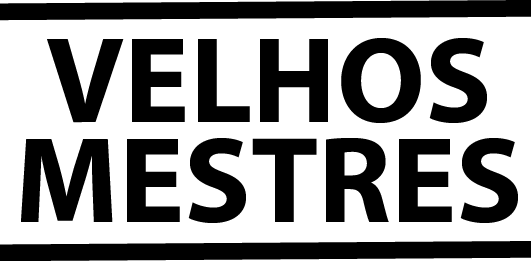Contramestre Pinguim
Graduation and a Contramestre certificate
Salvador, 2001
Information
Mestre Gato Preto was also an excellent atabaque player. He was Ogã Huntó in the traditional shrine of the Gegê nation, Zogodô Bogum Malê Rundó, the Bogum Shrine*, since the time of the old mother Runhó**. He always taught and preserved the rhythms and manifestations of the atabaque; candomblé, samba, maculelê, puxada de rede and dance rhythms. Yet, mestre Gato didn't accept or teach the use of atabaque in the capoeira roda. Wise and educated, he respected the rituals of other lineages, but, being in command of a roda, he opted not to use the atabaque, and also taught like this.
Passos, 2009
* The shrine of Bogum is situated in the traditional neighborood of the Engenho Velho da Federação in Salvador (see below). It is a neighborhood which population is mainly black and maintains an intense tradition of folk culture, mainly by the presense of a number of candomblés. Some masters taught in its hut in different times, among them Cobrinha Verde, Bimba, Gato Preto, Bom Cabrito and Mala.
** Mãe Runhó was an important priestess of the gêge cult and always gave prestige to the presense of capoeiristas in her candomblé.Velhosmestres.com: Valentina Maria dos Anjos was the mãe de santo of the Bogum between 1960 and 1975, her children Amancio Angelo de Melo (ogã) and Nicinha (Evangelista dos Anjos Costa, mãe Done Gamo Lokosi between 1978 and 1994.




